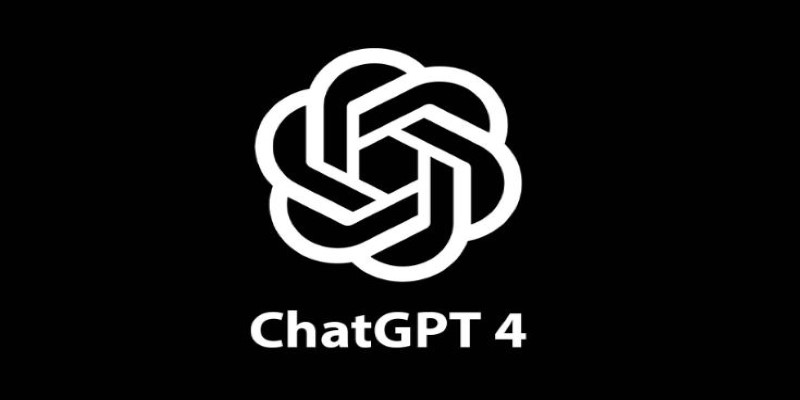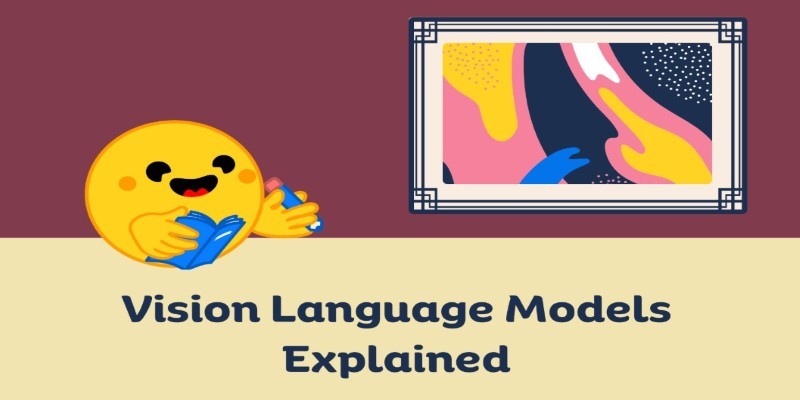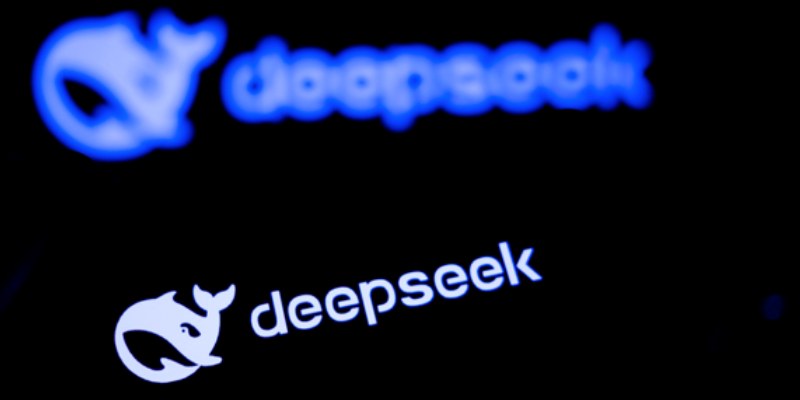Advertisement
The online space is evolving at a fast clip, with every week bringing in a new headline that blends convenience, controversy, and confusion. Lately, three stories have drawn particular attention: an uptick in Twitter scams that are tricking users into handing over credentials, the launch of Meta Verified which promises perks for paid users on Facebook and Instagram, and the growing impact of ChatGPT-4 on work and search. These topics may seem unrelated at first glance, but together they reflect how platforms, users, and AI tools are all shifting how we interact online.
Scammers on Twitter have always been active, but recent months have seen a more coordinated and convincing type of attack. Rather than sending suspicious links from unknown accounts, scammers are now impersonating official Twitter services and influencers. The scam often starts with a message or tweet warning users that their account is at risk or has violated terms. It contains a form or fake appeal process link that looks polished enough to pass as legitimate.
Once users click through and enter their login information, the scammers take over the account. These compromised accounts are then used to spread the scam even further, giving it a false sense of legitimacy. What’s changed is the tone and presentation—it’s cleaner, more believable, and structured to mimic official support.
Twitter's verification policy changes have partly fueled the rise in impersonation. With legacy checkmarks removed and anyone able to pay for verification, the line between real and fake is blurrier than ever. People tend to trust verified accounts, and scammers have taken full advantage of that gap in perception.
While platforms like Twitter have tools for reporting, they’re often reactive. The best defense so far has been public awareness and using security settings like two-factor authentication. But the tactics are evolving, and even tech-savvy users can get caught off guard.
Meta has introduced its form of paid verification through the Meta Verified program, which is now rolling out globally. For a monthly fee, users on Facebook and Instagram can get a verified badge, added account protection, and direct access to customer support. At first glance, this sounds like a counter to Twitter Blue, but Meta's positioning is slightly different.

Where Twitter’s model leaned into public visibility perks like boosted posts and longer tweets, Meta Verified is being sold more on the grounds of identity protection and support access. Creators and small businesses in particular are being targeted—groups that often struggle with impersonation or account recovery.
There’s also an economic layer to all this. With ad revenue shifting and user behavior changing, platforms are increasingly looking to subscriptions for income. Meta Verified reflects that pivot. It’s no longer about just using a platform—it’s about paying to secure your space on it.
However, the decision to charge users for verification has drawn mixed reactions. Critics argue it turns security into a pay-to-play feature, which may not sit well with users who are already contributing value to the platform through their content. And while the verification process does include ID checks, questions remain about how effective the support really is and whether the benefits justify the monthly cost.
Still, Meta Verified is gaining traction, especially among creators who need peace of mind. It marks another step in a larger trend: users are becoming customers, and access to better tools now often comes with a price tag.
ChatGPT-4, the latest language model from OpenAI, has been quietly transforming the way people interact with AI. Unlike its predecessor, which was mainly about having conversations and answering questions, ChatGPT-4 feels more like a thinking partner. It can handle longer prompts, generate structured content, and even write code with more precision.

One of the biggest changes with ChatGPT-4 is its ability to understand nuance. While earlier models often returned generic or shallow responses, this version is better at staying on topic, maintaining tone, and working across multiple steps in a task. It’s being used for everything from brainstorming essays to summarizing legal documents to planning travel routes.
Another important development is how ChatGPT-4 interacts with tools and APIs. Through what OpenAI calls "function calling," developers can link the model with real-time data or third-party tools. This opens the door for real-world applications in customer support, automation, and education. It's no longer just about chatting—it's about integrating.
People working in content creation, business operations, or coding are starting to see ChatGPT-4 as something closer to an assistant than a novelty. That shift is changing how teams operate. Instead of spending hours drafting outlines, summarizing reports, or drafting replies, workers now lean on ChatGPT-4 to handle the first draft and free up their time for review and decision-making.
Still, as with all tools, it’s not perfect. The model can hallucinate facts or misinterpret instructions, especially when prompts are vague. But with careful use, it's become one of the most adaptable AI tools available today.
We're living in a time when online tools are getting more advanced, but so are the threats. The latest Twitter scam shows how easy it is to manipulate trust. Meta Verified reflects the growing cost of digital legitimacy, and ChatGPT-4 proves that AI can be a powerful ally if used wisely. Together, they shape a picture of an online world that's more complex than ever—one where identity, credibility, protection, access, technology, responsibility, decision-making, awareness, personalization, and automation are all being redefined. In the middle of it all is the user, making choices that affect how safe, productive, and authentic their digital life will be, across platforms and contexts.
Advertisement

Vision Language Models connect image recognition with natural language, enabling machines to describe scenes, answer image-based questions, and interact more naturally with humans

DeepSeek's data practices spark global scrutiny, highlighting the tension between AI innovation, privacy laws, and public trust

Explore how Amazon Nova Premier is revolutionizing AI models and agents with its intelligent, cloud-based innovations.

Explore the latest Twitter scam tactics, Meta Verified’s paid features, and how ChatGPT-4 is reshaping how we use AI tools in everyday life

Here’s a deep dive on Graph Neural Networks: Uses like social networks, molecules, fraud detection, and much more.

Vendors must adapt to the AI assistant craze by offering real value, ensuring privacy, and focusing on intuitive solutions

SigLIP 2 is a refined multilingual vision-language encoder that improves image-text understanding across languages with greater training efficiency and real-world performance

How to encourage ChatGPT safety for kids with 5 practical strategies that support learning, creativity, and digital responsibility at home and in classrooms

How to fine-tuning small models with LLM insights for better speed, accuracy, and lower costs. Learn from CFM’s real-world case study in AI optimization

Explore FastRTC Python, a lightweight yet powerful library that simplifies real-time communication with Python for audio, video, and data transmission in peer-to-peer apps

How to print without newline in Python using nine practical methods. This guide shows how to keep output on the same line with simple, clear code examples

Explore 8 clear reasons why content writers can't rely on AI chatbots for original, accurate, and engaging work. Learn where AI writing tools fall short and why the human touch still matters